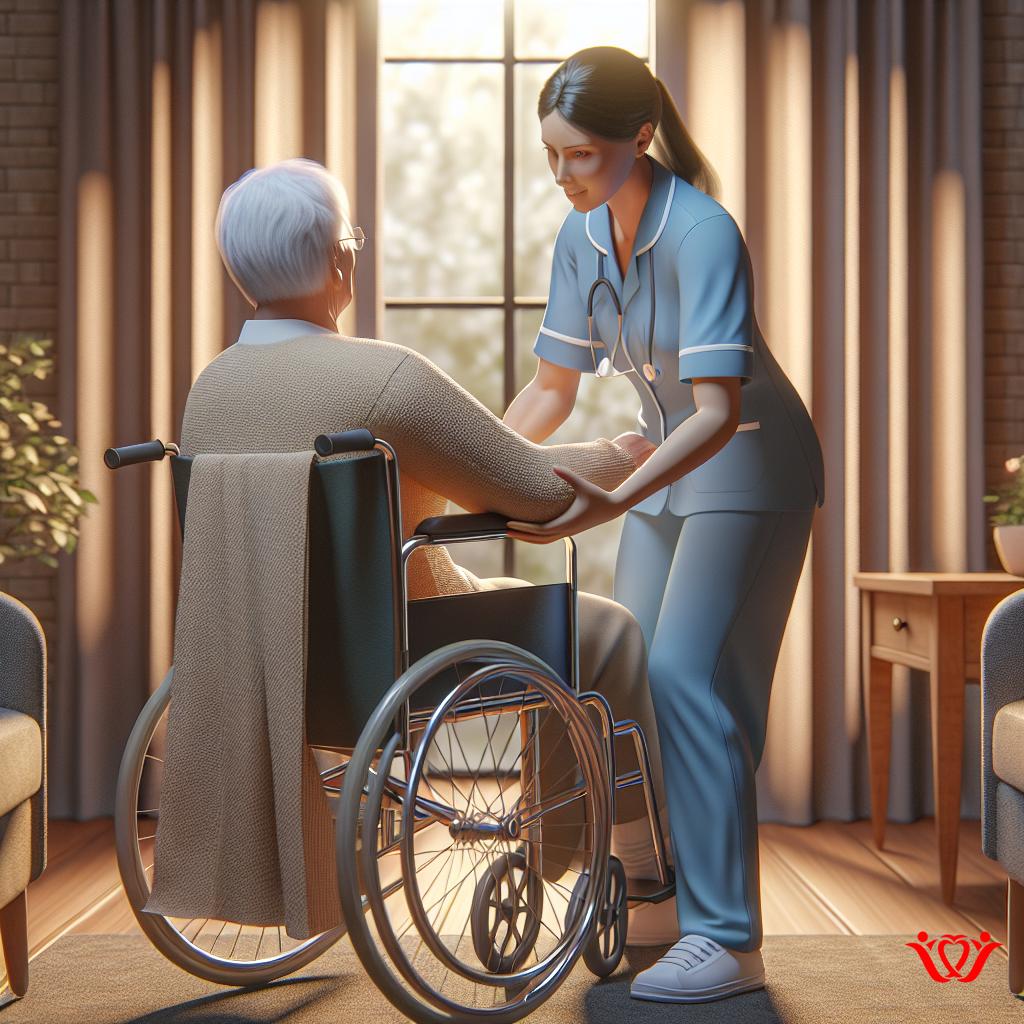
Home health aides play a critical role in supporting individuals who need assistance with daily living. Ensuring safety while performing these duties is paramount both for the aides and those they care for. Here are some comprehensive strategies to help home health aides stay safe on the job.
Understand Your Work Environment
Before starting any assignment, familiarize yourself with the surroundings. Each home presents unique challenges that should be assessed proactively.
- Identify potential hazards like loose rugs or narrow staircases.
- Ensure easy access to exits in case of emergencies.
- Check for adequate lighting to avoid accidents.
Proper Body Mechanics: Essential for Injury Prevention
Use Correct Lifting Techniques
Lifting clients or heavy objects improperly can lead to serious injuries.
- Keep your back straight and bend with your knees.
- Hold the object close to your body.
- Avoid twisting your torso while lifting.
Positioning Tips for Safe Client Transfers
Transferring clients between beds and chairs requires careful attention.
- Communicate clearly with your client to coordinate movements.
- Utilize transfer aids like slide boards where possible.
Maintain Open Communication
Effective communication is essential for understanding client needs and ensuring cooperation.
Regularly discuss any concerns or changes in a client’s health status with family members and healthcare professionals.
Personal Safety Precautions
Preventing Infection
Given the close contact with clients, infection control is a top priority.
- Always use personal protective equipment like gloves and masks.
- Wash hands frequently with soap and water.
- Disinfect surfaces and tools regularly.
Handling Aggressive Behaviors
While rare, some clients might exhibit aggressive behavior.
- Stay calm and assess the situation before responding.
- Maintain a safe distance and have a clear exit strategy.
- Report incidents to your supervisor promptly.
Know Your Rights and Responsibilities
Understanding your employment rights helps protect you legally and professionally.
- Review your contract and job description thoroughly.
- Know the procedure for reporting workplace injuries.
- Stay informed about your rights regarding working hours and conditions.
Continuous Education and Training
Participate in Regular Training
Staying updated with the latest caregiving techniques enhances safety and efficiency.
- Attend workshops and online courses.
- Engage in first-aid and CPR training sessions.
External Resources: The CDC provides in-depth resources on maintaining safety and health standards in healthcare environments.
Peer Support and Networking
Connect with fellow aides to exchange knowledge and safety practices.
- Join professional networks and forums.
- Participate in community service activities related to caregiving.
Conclusion
Staying safe while working as a home health aide is achievable by combining awareness, education, and proactive measures. By prioritizing safety, aides can provide optimal care while protecting themselves and their clients.









0 Comments